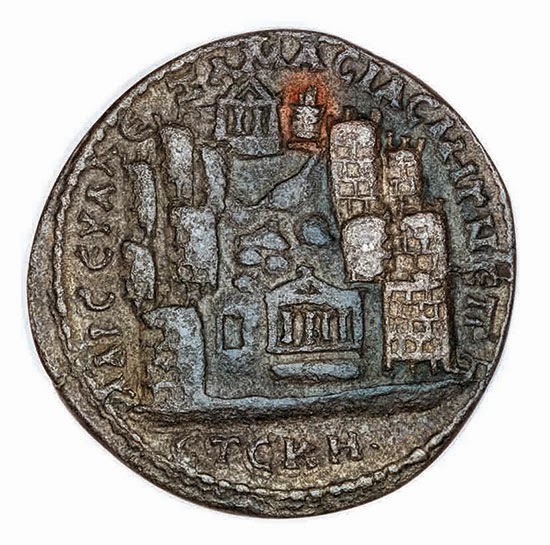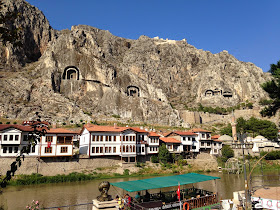Simin Işık Uysal
I recently saw a dream where I felt happy and cheerful using my "belly name". When I decided to use it and announced I would be doing so, some non Turkish friends asked me what a belly name is. Belly name is the name given to the baby while the umbilical cord is being cut and the baby is called by this name until its real name is given. This belly name may or may not be included in official records but can be used with the real name. The real name is generally given later by an elder with a ceremony. The tradition is still followed in Anatolia but goes back to ancient Turkic practices in Central Asia where the child would be given his real name (and his horse) by an elder or the shaman only after doing something significant and/or brave.
Choosing a name for the baby is a most important event among the Turks for it is believed that one's name can affect one's fate.
Turkish names in Anatolia are chosen from nature, feelings and from religion or history. What I like most are the names from nature. I have friends called River, Universe, Daylight, Rosebud, Eagle, Hawk, Falcon, Dove, Sun, Sea, Iron, Rock, Mugwort, Fire, Earth, Wind, East, West, North, South, Flower, Mountain, Cypress, Sycamore, Cloud, Crescent, Moon-Water, Moon-Sea, Gazelle, Lion. I also have friends and family called Love, Freedom, Real (Reality), Leader, Happy, Brave, Soulful, Wise, Sweet, Spring, and Dream.
There are also names given to a baby to protect against illness and death. The ancient Turks called dying as "flying" or "to fly". It was belived that after death, a person's meat-essence (body) would go underground and the light-essence would turn into a mist or a crane bird to fly to the skies. So to let the baby's soul to stay in the body, they would call him "Dursun, Duran, Durmuş" which can be translated as "May he stay, The One Who Stays, The One Who Stayed" or "Yaşar" -"The One Who Will Live". Or they would simply call him "Ölmez" - "Not Dying".
In some cases, like when the child becomes ill, his name is changed with the belief that "he could not carry his name" or "his name proved to be heavy for him."
The word for child in Turkish is "çocuk" and in some places "bala". The word "çocuk" comes from "çoçka" meaning "baby pig" and has been used as a general word to describe everything small. I also feel that, as the pig is not considered welcome, the word may have been used to protect the children against evil spirits. The word "bala" means "baby bird" and is used in Azeri Turkish and eastern Anatolia.
When I translate my names into English, it is "Silvery Light". Do you know what your name means?














